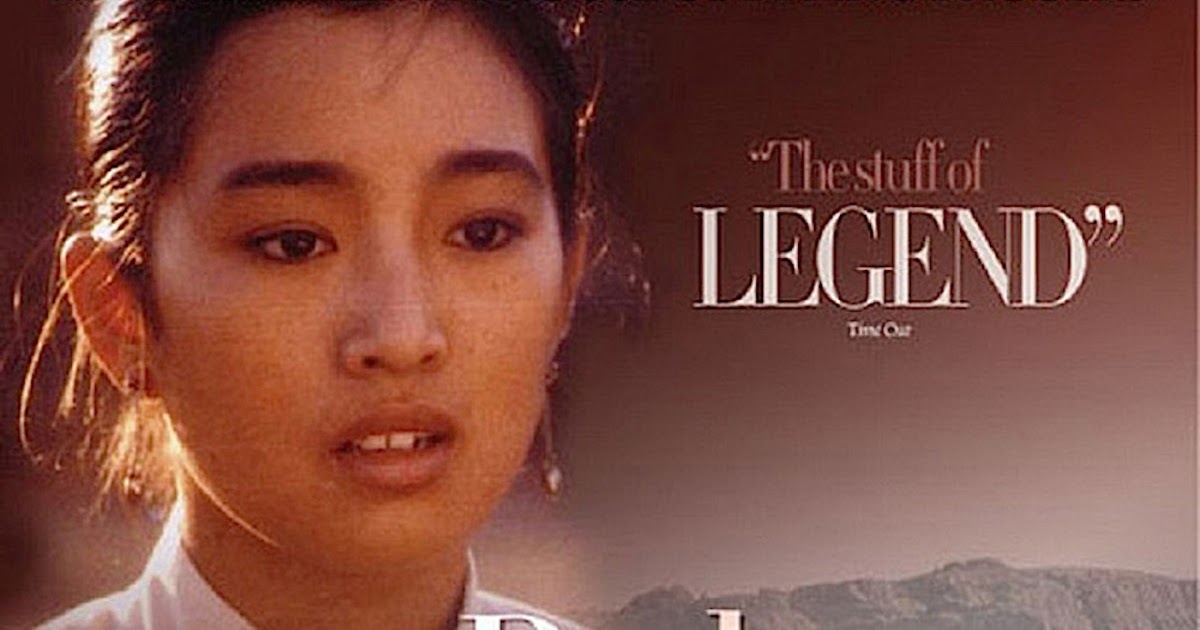



Moving backward and forward in time, the saga begins on an autumn day in 1939 as the narrator's grandfather, Yu Zhan'ao, prepares to lead an ambush against the Japanese near Northeast Gaomi Township, in Shandong Province. Two of the stories - "Red Sorghum" and "Sorghum Wine" - formed the basis of Zhang Yimou's acclaimed first film.īut where the film "Red Sorghum" focused only on the broad outline of the stories, Mo Yan's narrative is rich in vivid detail, taking in three generations of a Chinese family. Mo Yan, a Chinese writer largely unknown outside the circles of Beijing's literati, achieves both in "Red Sorghum," a collection of five novellas known as the author's Sorghum series, being published here as a full novel in a vibrant translation by Howard Goldblatt. But when it succeeds, the result can illuminate a time and place as it excites the imagination.

THE canvas of history rarely stretches comfortably over the frame of fiction. Instead, Mo Yan recreates a world defined by brutality and extends its horizons past wars and cultural revolutions the ultimate cruelty emerges as oblivion. Eventually, however, his emphasis on the ignoble becomes a protest against the universal tendency to idealize the past. At first Yan's insistence on graphic and gruesome descriptions and his interest in bodily functions make the novel rough going. Mo Yan turns these events over and over, introducing each a fragment at a time and exploring their significance as they pass from one character's experience into another's memory. A few key episodes serve as recurrent motifs: murders counterpoint battlefield massacres women are raped by their saviors and by enemy soldiers the community leader punishes gamblers and thieves with floggings, while the Japanese flog a saboteur as a preamble to skinning him alive. The narrator, a young man from the provinces, relates the intertwined histories of the Sino-Japanese war of the 1930s and of his parents and grandparents. In the way that Chinese landscape painting reshapes the viewer's perspective by offering not one but many focal points, this singularly forceful contemporary Chinese novel reinvents the notion of chronology.


 0 kommentar(er)
0 kommentar(er)
